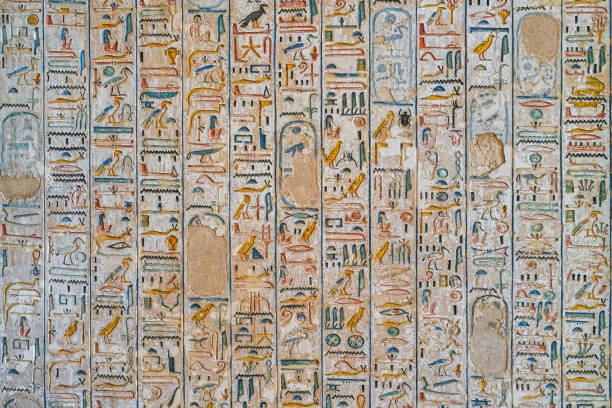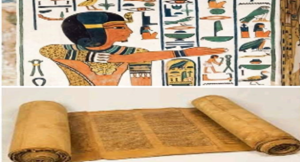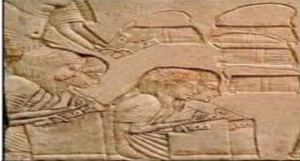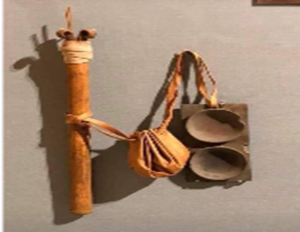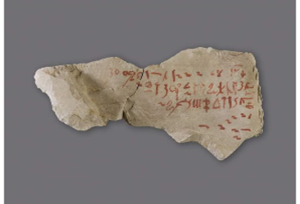Education in ancient Egypt
The Value of Education in Ancient Egypt: In every temple, there was a place called “Per-Ankh,” meaning “House of Life,” which was essentially a school where students learned from a young age. There was no high-ranking position in ancient Egypt that did not require a foundation in Education. The physician was learned and specialized in his field, as was the engineer and all other types of high-ranking officials. Education was not exclusive to males only, but also to females. Women in Egypt, since ancient times, have been judges, doctors, and priestesses, and all of this was linked to their great scientific status. In fact, the scribe himself had the greatest position. For the king, he writes the secrets of the state. And in battles, he becomes like a war correspondent. As for the temples, he wrote the sacred secrets of the gods. Therefore, he enjoyed a prestigious social status.
Stages of Education and Its Curricula
Education consisted of three stages: The first stage was “general education,” in which the student was between 4 and 10 years old. In this stage, the student learned the language, its grammar, and methods of writing. the second stage, “the stage of copying,” where the student was between 10 and 15 years old. In this stage, he learned to copy manuscripts to practice writing and learned some simple geographical and historical information. The third stage was “higher education.” In this stage, the student learned from the age of 15 and above. Education in this stage was optional because students specialized in the branch of science they wanted to study, similar to a modern university. In this stage, the student learned religious, artistic, and professional teachings, as well as some sciences such as geography, arithmetic, medicine, and astronomy.
Wall carvings depicting some students
Types of Schools
There was special education for the royal palaces for the children of kings (princes) and the children of the state’s nobles (ministers and nobles). There were also schools affiliated with temples to teach religious sciences, and there were schools affiliated with the army to teach military sciences and martial arts. In all these schools, there were libraries called “House of Manuscripts.” These libraries contained papyri on all kinds of knowledge. The ancient Egyptian called the scribe “Seshu,” meaning “scribe.” He also chose a goddess named “Seshat,” “the goddess of writing.” She was always depicted as a goddess of knowledge and learning. -Image of the goddess Seshat with a star above her head Image of an Egyptian scribe
picture of the Egyptian scriber
Tools of Education
The ancient Egyptian wrote on papyrus sheets, flakes of limestone, or pieces of broken pottery called “ostraca.” He also used some wooden boards to write on and could erase and write on them again He also used reed pens and a ink case with two holes, one for red ink to write titles with and the other for black ink for normal writing.

